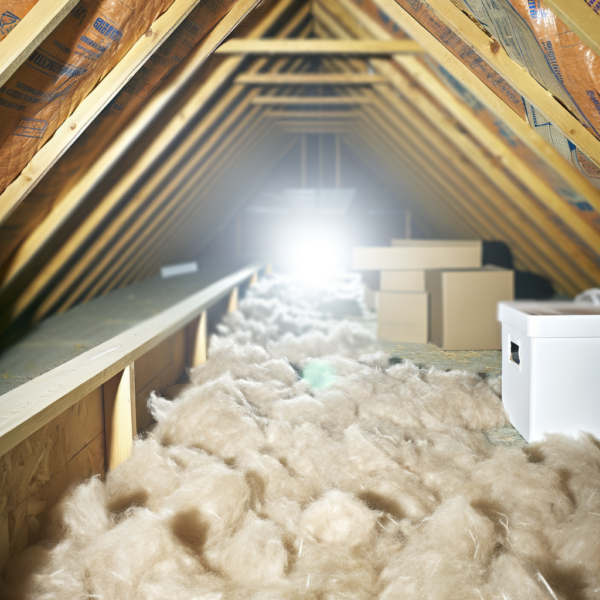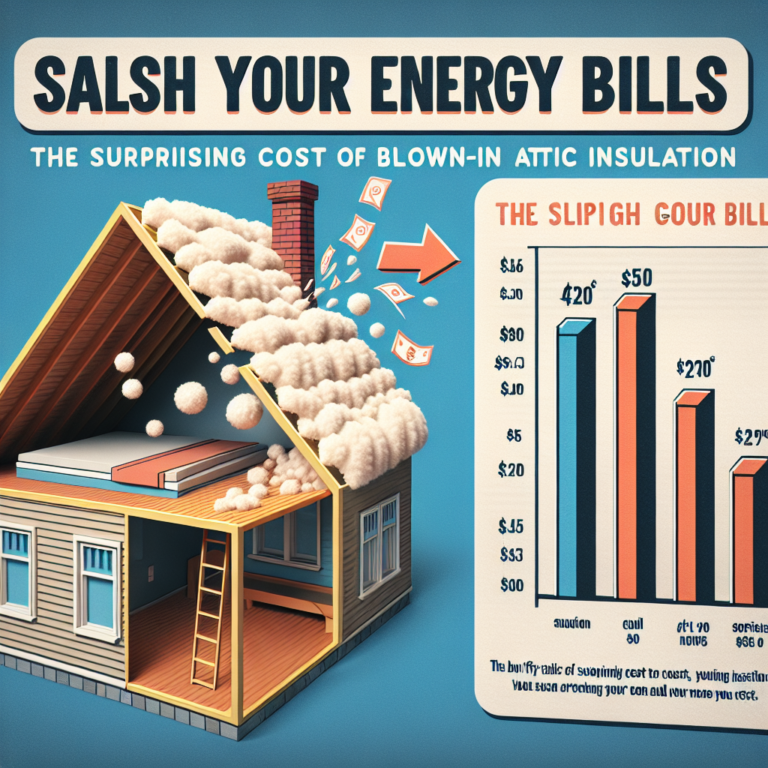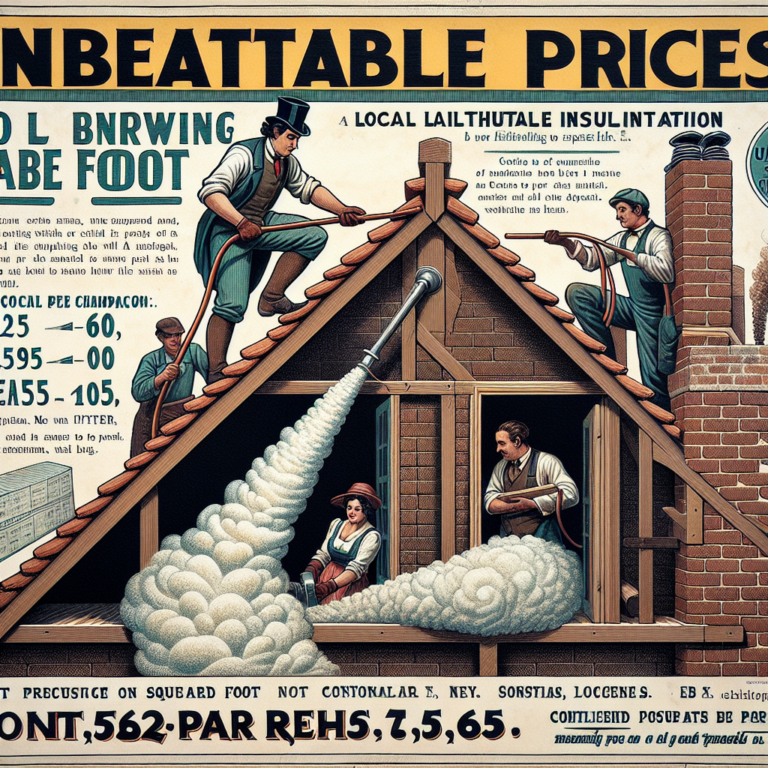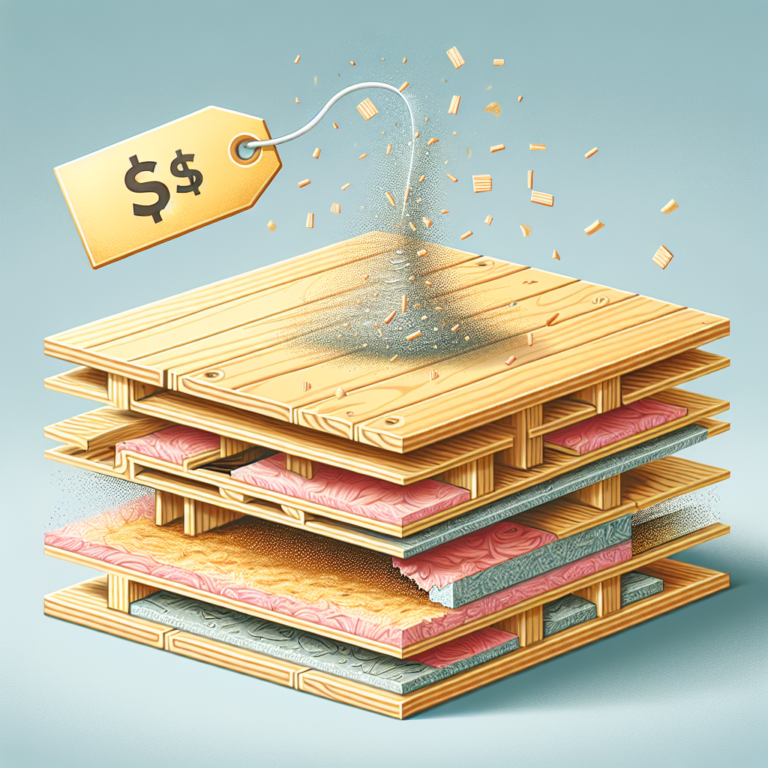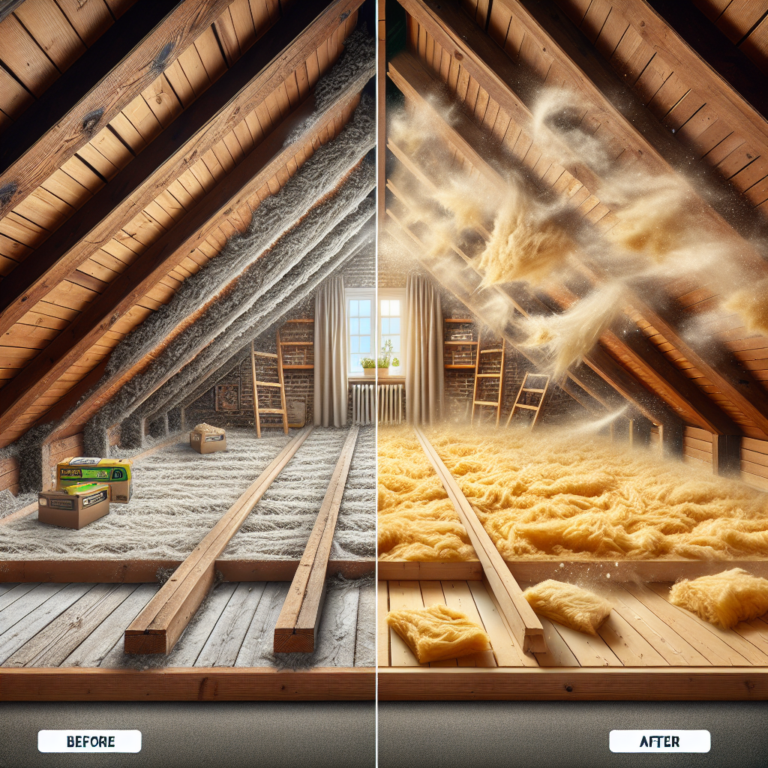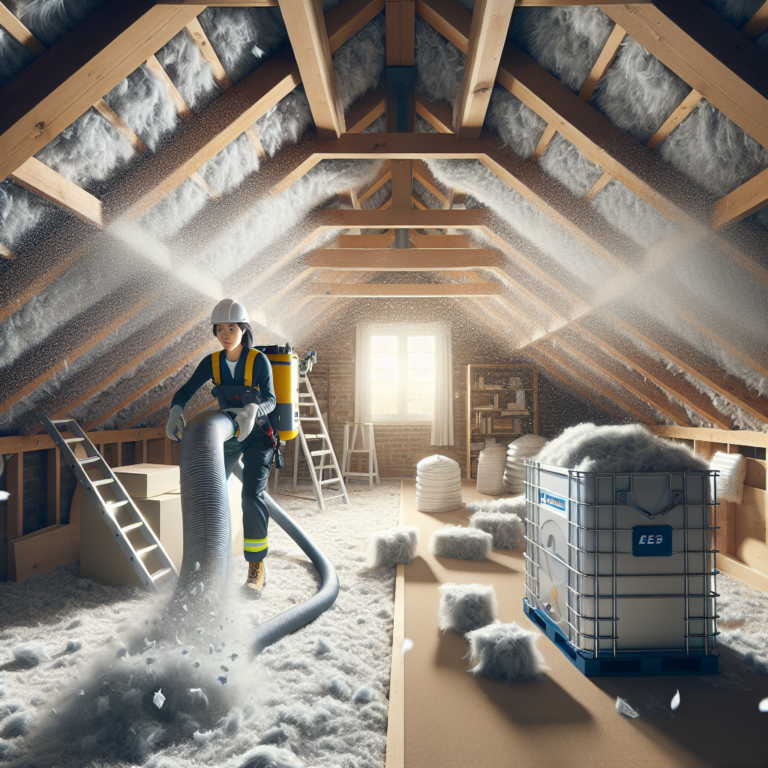Revamp Your Home’s Comfort: The Power of Blown-In Fiberglass Attic Insulation
Table of Contents
1. Introduction
2. H2: Benefits of Blown-In Fiberglass Attic Insulation
3. H2: How to Properly Install Blown-In Fiberglass Attic Insulation
4. H2: Common Mistakes to Avoid with Blown-In Fiberglass Attic Insulation
5. H2: Q&A
6. Conclusion
Introduction
Upgrading your home’s thermal performance starts at the top—your attic. Blown-in fiberglass attic insulation transforms a drafty, energy-wasting space into a comfortable climate buffer. By filling every nook and cranny with loose glass fibers, this cost-effective solution keeps winter warmth inside and summer heat outside. In this article, you’ll discover how blown-in fiberglass attic insulation can slash your energy bills, enhance indoor comfort and protect your home for decades.
H2: Benefits of Blown-In Fiberglass Attic Insulation
H3: Superior Thermal Resistance
• Tiny glass strands trap air pockets, creating an effective barrier against heat transfer.
• Keeps heated air in during winter and blocks solar heat gain in summer.
• Can reduce HVAC runtime by up to 25%, translating into lower utility bills.
H3: Complete Coverage, No Gaps
• Unlike batts or rolls, loose-fill fiberglass conforms to irregular joists, pipes and wiring.
• Fills hard-to-reach corners and crevices, eliminating cold spots and drafts.
• Creates a consistent R-value across the entire attic floor.
H3: Cost-Effectiveness and Quick Installation
• Lower material and labor costs compared to spray foam or rigid board.
• Most attic projects finish in a few hours.
• Rental blowers and DIY kits available for budget-minded homeowners.
H3: Durability and Eco-Friendliness
• Fiberglass does not settle or compact over time—insulation depth and performance remain unchanged.
• Often made from a high percentage of post-consumer glass, reducing landfill waste.
• Non-toxic, fire-resistant and inert—safe for occupants and the environment.
H3: Improved Indoor Air Quality and Noise Reduction
• Seals attic bypasses to minimize pollen, dust and allergens entering living spaces.
• Adds sound-absorbing mass above ceilings, dampening outdoor and mechanical noise.
H2: How to Properly Install Blown-In Fiberglass Attic Insulation
H3: 1. Prepare and Air-Seal the Attic
• Clear out old debris and any damaged insulation.
• Seal gaps around vents, plumbing stacks, recessed lights and attic hatches with caulk or expanding foam.
• Install rafter vents or baffles to maintain roof ventilation channels.
H3: 2. Measure and Calculate Material Needs
• Measure attic length, width and desired insulation depth.
• Aim for at least R-38 to R-49 (approximately 12–16 inches of fiberglass) depending on climate zone.
• Purchase 10–20% extra to account for settling and installation waste.
H3: 3. Set Up Blowing Equipment
• Rent a fiberglass blower from a home center or hire a trained installer with professional-grade machines.
• Connect the hose securely and lay out protective tarps to catch overspray.
• Put on safety gear: goggles, gloves, dust mask or respirator, and long sleeves.
H3: 4. Blow and Level the Insulation
• Start at the farthest corner and work toward the attic entrance.
• Maintain a steady pace to achieve uniform depth. Use a depth ruler or marked stick to verify thickness.
• Keep vents, flues and chimneys clear by installing cardboard baffles around them.
H3: 5. Final Inspection and Cleanup
• Check for consistent coverage, avoiding gaps or compressed areas.
• Sweep or vacuum loose fibers from walkways and joists.
• Re-seal the attic access hatch and remove tarps.
H2: Common Mistakes to Avoid with Blown-In Fiberglass Attic Insulation
• Skipping Air Sealing: Even the best insulation can’t stop drafts if gaps remain.
• Underestimating Depth: Less than the recommended R-value reduces energy savings.
• Overpacking: Compressing insulation lowers its R-value—loose layers work best.
• Blocking Ventilation: Covering eave vents or soffits can trap moisture and cause mold.
• Neglecting Safety Gear: Fiberglass particles irritate skin and lungs—always protect yourself.
H2: Q&A
Q1: How long does blown-in fiberglass attic insulation last?
A1: With no settling or decay, it can perform effectively for 50 years or more, depending on moisture control.
Q2: Can I install blown-in insulation myself?
A2: Yes—many homeowners rent insulation blowers and complete the job in one day. However, professional installers ensure optimal depth and coverage.
Q3: Will blown-in fiberglass help with soundproofing?
A3: Absolutely. The dense fiberglass layer absorbs airborne noise from outside and between floors.
Conclusion
Investing in blown-in fiberglass attic insulation revitalizes your home’s comfort, slashes energy costs and delivers a lasting, eco-friendly upgrade. By sealing drafts, enhancing thermal resistance and filling every hidden gap, this versatile solution offers exceptional value for any homeowner. Ready to keep the warmth in and the cold out? Embrace the power of blown-in fiberglass attic insulation and enjoy a cozier, quieter—and more efficient—home all year long.


